DIAGNOSTIC RESPONSE:
DNS, Lock in current range
CIRCUIT DESCRIPTION:
The speed sensors are variable reluctance devices which convert mechanical motion to an AC voltage. Each sensor consists of a wire coil wrapped around a pole piece that is adjacent to a permanent magnet. These elements are contained in a housing which is mounted adjacent to a rotating ferrous member. Two signal wires extend from one end of the housing and an exposed end of the pole piece is located at the opposite end of the housing. The permanent magnet produces lines of flux around the pole piece. As a ferrous object (a rib on the rotating clutch drum) approaches and passes through the gap at the end of the pole piece, an AC voltage pulse is induced in the wire coil. The Transmission Control Module (TCM) calculates the frequency of these AC pulses and converts it to a speed value. The AC voltage generated varies from 150mV at low speed to 15V at high speed. The signal wires from the sensor are formed as twisted pairs to cancel magnetically induced fields. The cable is also shielded to protect from voltage-related fields. Using two-wire differential input at the TCM eliminates noise from other sources.
CONDITIONS FOR RUNNING THE DTC:
1. After TCM initializes normally and output speed is above 800 rpm for more than 2 seconds, this DTC test will run at 0.025 second intervals.
2. For fire truck vocations, pump is not pumping.
3. Turbine speed, output speed, and incorrect gear ration DTCs not active.
CONDITIONS FOR SETTING THE DTC:
DTC P0722 sets when one of the following conditions occurs:
1. Output speed change greater than 800 rpm detected within 2 seconds sets fault pending. If fault pending does not clear, DTC sets when N (Neutral) is selected. Fault pending clears when output speed and turbine speed fall below 60 rpm.
ACTION TAKEN WHEN THE DTC SETS:
When DTC P0722 is active, the following conditions occur:
1. If the DTC sets while shift not in process, remains in current range.
2. If the DTC sets while shift is in process, complete shift and lock in that range.
3. There is no response to shift selector requests.
4. DTC is stored in TCM history.
5. The CHECK TRANS light illuminates.
6. The TCM inhibits TCC engagement.
7. The TCM freezes shift adapts.
CONDITIONS FOR CLEARING THE DTC:
Use the diagnostic tool to clear the DTC from the TCM history. The TCM automatically clears the DTC from the TCM history if the vehicle completes 40 warm-up cycles without the DTC recurring.
DIAGNOSTIC AIDS:
NOTE: When performing any resistance checks for troubleshooting, the current production sensors will have a nominal coil resistance value of 340 Ohms (± 25 Ohms) at an ambient temperature of 20°C (68°F), as compared to the former sensors which had a nominal resistance value of 300 Ohms (± 25 Ohms) at an ambient temperature of 20°C (68°F).
DTC P0722 may be caused by:
1. W140 and/or W160 shorted to another wire in chassis harness or to ground.
2. W140 and/or W160 high resistance or open circuit.
3. Broken or defective connector assemblies allowing pushed back pins to short together.
4. Unlocked connectors, missing seal plugs allowing moisture in connectors.
5. Fatigued wires at speed sensor connectors (broken strands).
6. Incorrect pin crimps or expanded terminals.
7. Defective output speed sensor.
8. Defective TCM.
9. For 3000 Product Family non-retarder, output speed signal wheel damaged.
10. Wire pair not twisted or not sufficiently twisted.
NOTE: Confirm that the speed sensor wiring consists of twisted pairs at the rate of 12 to 16 twists per 300 mm. These twists must extend the entire length of the wiring harness to within at least 50mm of the speed sensor connector.
NOTE: Drivelines that do not meet ATI specifications (1000 rad/sec² for coast and accel inertials, 500 rad/sec² torsional) can cause this DTC as well as damage internal transmission components, e.g., the output speed signal wheel with spring type roll pin design on 3000 Product Family (non-retarder), rotating drum, clutch plate splines, main case splines, etc. Other speed sensor and range ratio DTCs are usually in history or active when out-of-specification drivelines have caused transmission damage. Always check that vehicle drivelines meet ATI specifications, which include the inter-axle driveline on tandem axle vehicles, the front driveline on 4WD, and any drivelines connected to a PTO or pump, when there is a DTC history for incorrect transmission ratios, turbine, or output speed performance or loss. Refer to Troubleshooting Drivelines for additional information.
NOTE: There is no allowable movement between the output speed signal wheel relative to the P3 carrier (3000 Product Family non-retarder). This is designed to be a press fit between the sides of the wheel groove and the sides of the spring roll pin. Replace both the spring type roll pin and wheel together if there is any radial movement of the wheel relative to the carrier.
Check for wheel movement by using a large screwdriver through the output speed sensor hole in the rear cover and attempt to push the wheel clockwise and counterclockwise. Occasionally a wheel seizes on the spring type roll pin and will still have damage in the slot. By moving the vehicle, selecting a direction change, or operating the transmission to cycle the parts between operating temperature and ambient temperature may help to confirm if wheel damage is present or not. The diagnostic tool 9.0 and later has added a DPID configuration default file to attempt to capture speed signal errors that would be viewable in strip-chart. The default collection file is named SpeedSignalsDatalntegrityList.
NOTE: Select SpeedSignalsDatalntegrityList in DPID configuration prior to connecting with the diagnostic tool in order to strip-chart close to real time speed signal data. Refer to the OEM Technician’s Library for additional information about DPID configuration and data collection.
NOTE: The OEM transmission warranty, or the extended coverage for parts and labor, does not cover transmission or vehicle damage caused by drivelines that do not meet ATI specifications.
Review applicable information in Control System and Transmission Specifications and the Appendices to find additional circuit specifications, system and connector diagrams, and troubleshooting tips.


 AGCO
AGCO ALLISON
ALLISON BENDIX
BENDIX BOBCAT
BOBCAT CAT
CAT CLAAS
CLAAS CNH
CNH DAF
DAF DETROIT
DETROIT EATON
EATON FREIGHTLINER
FREIGHTLINER HINO
HINO HITACHI
HITACHI ISUZU
ISUZU JCB
JCB JOHN DEERE
JOHN DEERE JPRO
JPRO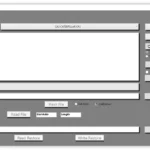 MAGIC TUNER
MAGIC TUNER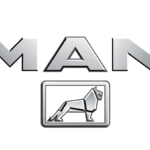 MAN
MAN Navistar
Navistar PACCAR
PACCAR PERKINS
PERKINS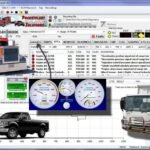 PF DIAGNOSE
PF DIAGNOSE PSI POWERLINK
PSI POWERLINK RENAULT
RENAULT SCANIA
SCANIA THERMO KING
THERMO KING UD NISSAN
UD NISSAN VOLVO
VOLVO WABCO
WABCO ZF TESTMAN
ZF TESTMAN
 BELL
BELL BENDIX
BENDIX BOBCAT
BOBCAT CARRIE
CARRIE DAF
DAF DETROIT
DETROIT EATON
EATON FUSO
FUSO MACK
MACK
 Cumminz
Cumminz ISB4.5 CM2150
ISB4.5 CM2150 All Engines (2017 Emissions)
All Engines (2017 Emissions) PACCAR
PACCAR

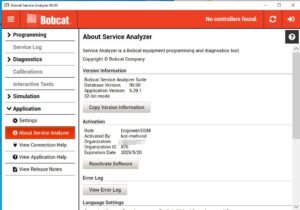
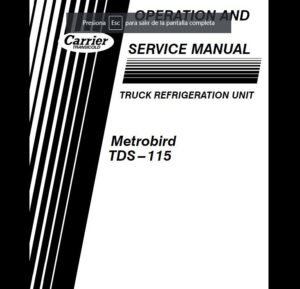
![The Doosan Diagnostic Tool DOOSAN DIAGNOSTIC TOOL STAGE V DL06-08 02.15 R2 [2024.02] is essential for efficient equipment management. This powerful software aids in diagnosing issues, ensuring optimal performance, and minimizing downtime. It features real-time diagnostics, code reading, and software updates. Compatibility with various Doosan models enhances its effectiveness. Additionally, ECMTrucks.com provides excellent support, including remote installation via TeamViewer.](https://ecmtrucks.com/wp-content/uploads/2024/08/88-1-300x226.png)

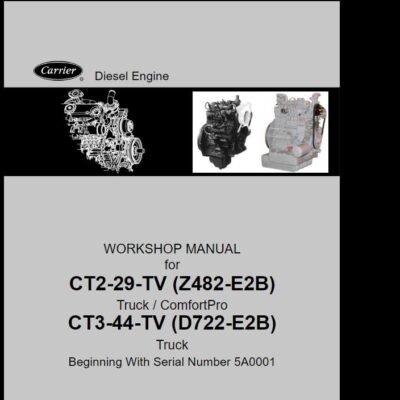
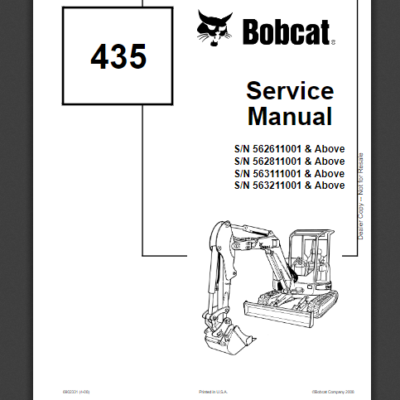
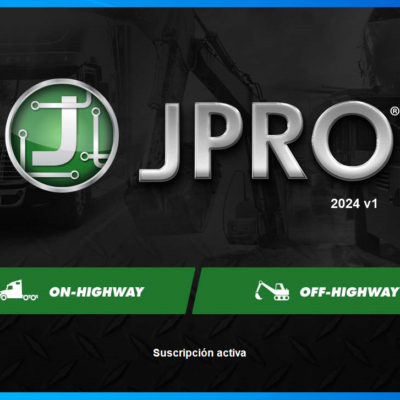
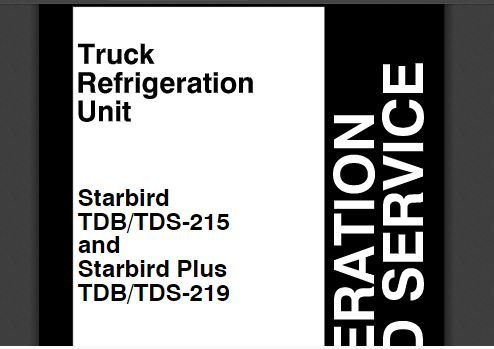
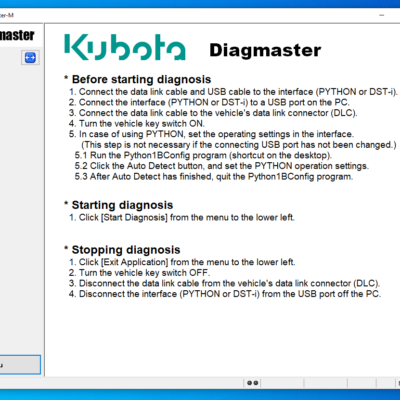

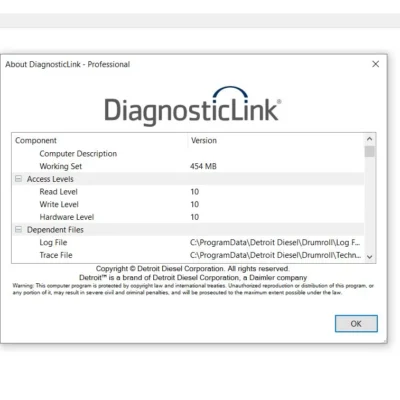

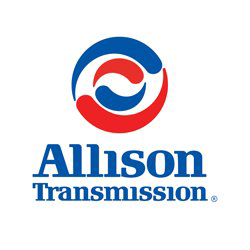
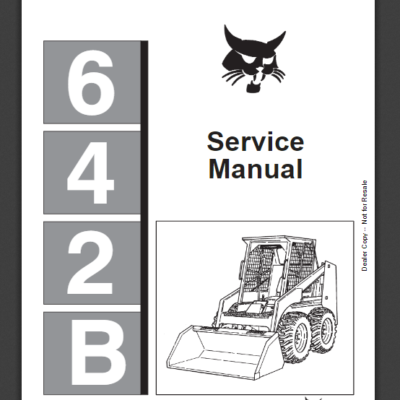
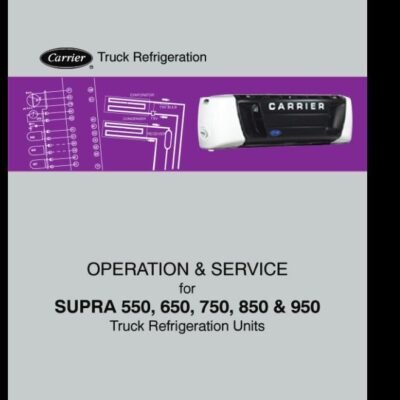
Reviews
Clear filtersThere are no reviews yet.